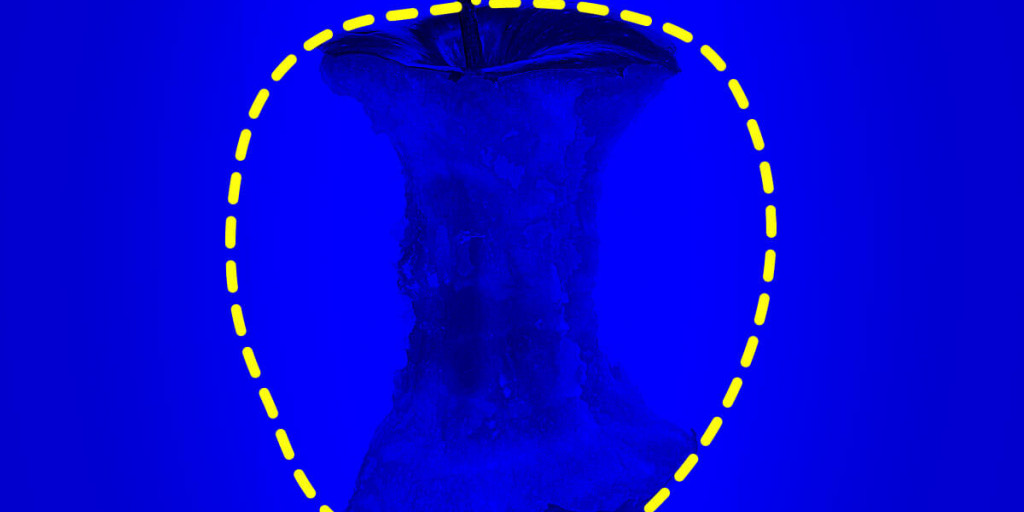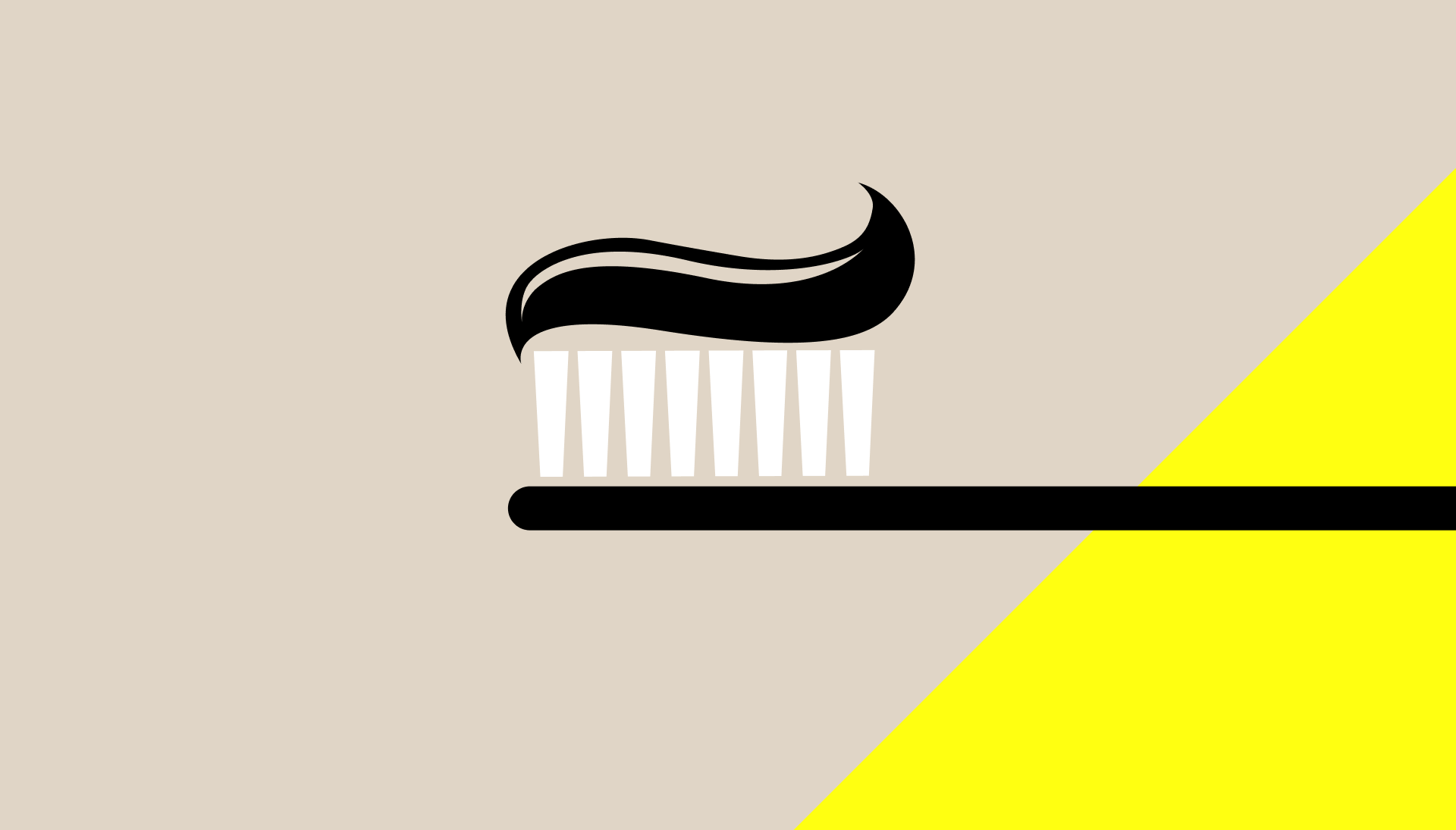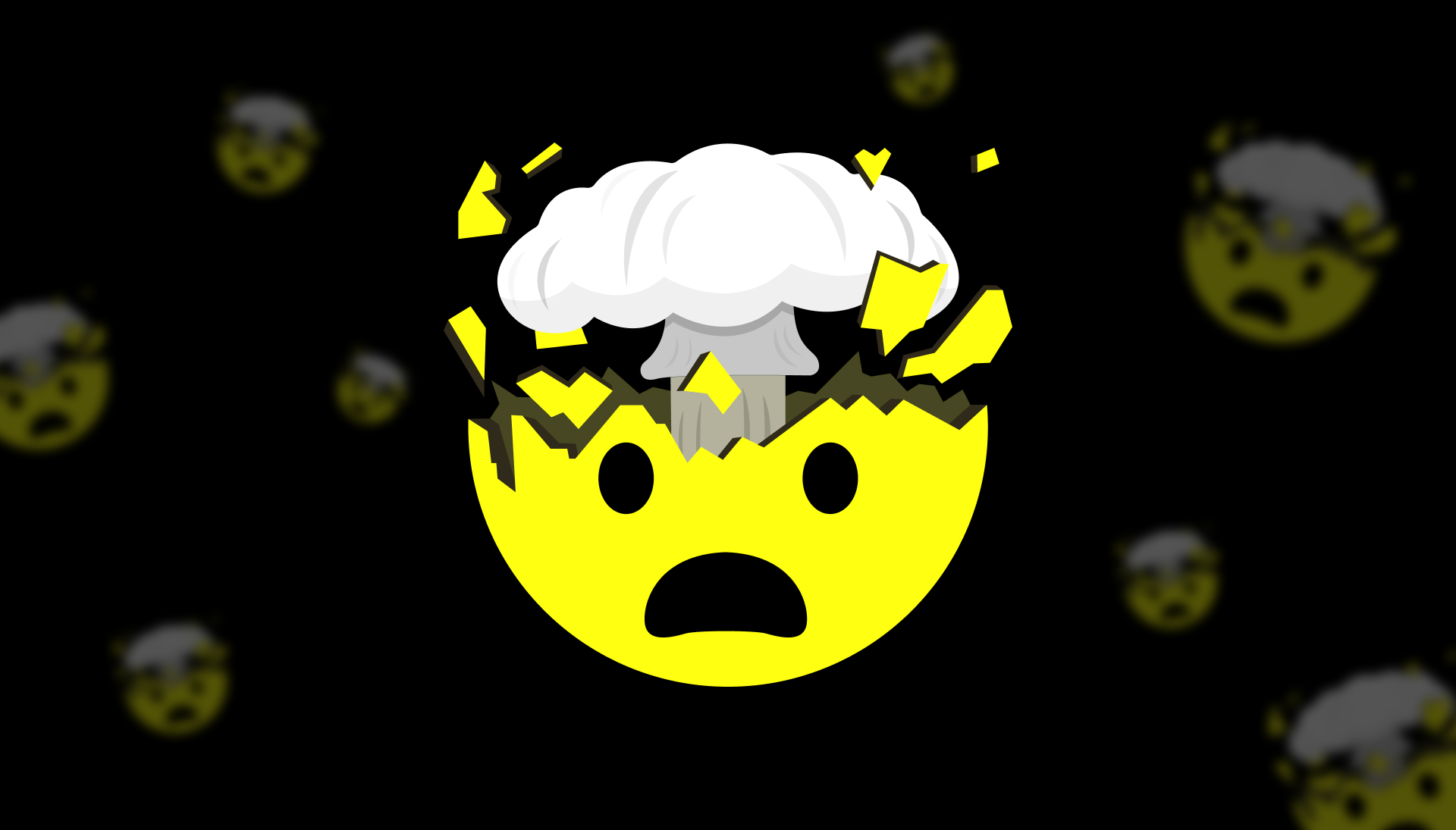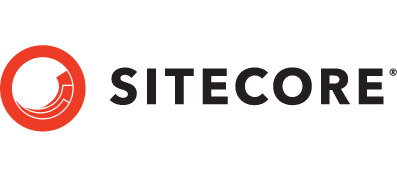We’ve all heard the phrase “less is more”. But despite this common saying, new research suggests that when faced with a problem, people are far more likely to enhance or add to an existing model or process to create a solution, rather than taking things away.
The study, published in Nature, demonstrated that when faced with a challenge, the majority of participants chose to implement additive solutions even when a subtractive solutions would have been more effective. In the design world, for instance, an additive solution would involve adding new elements or features to a design. Subtractive solutions, on the other hand, might involve removing design features to simplify a particular design.
But why do people have such a preference? According to Benjamin Converse, a social psychologist at the University of Virginia and a co-author of the study, “additive solutions have sort of a privileged status – they tend to come to mind quickly and easily,” whereas subtractive solutions seem to take longer to discover.
Expanding on this “more is more” way of thinking, many marketers and advertisers spend the majority of their professional lives adding extra elements of complexity to existing brands or campaigns. From new taglines to new promotions to website overhauls or additional copy on everything, there’s a constant desire for something fresh and new – for something more.
It’s a mental bias that many of us have, but it’s hardly surprising. Additive solutions are often seen as having a higher value because of the perceived amount of time and effort that’s gone into them. But when problem-solving we could be more effective if we instead think about which elements are currently standing in our way. Thinking only in terms of additive solutions could also pose limitations on our creativity, leaving us blindsided when it comes to the ingenious subtractive ideas that may already be right in front of our eyes.
We constantly see subtractive thinking come into play in advertising and marketing, particularly in this age of information overload. In the past, big brands like Microsoft were all about packing as many features as possible into their products. But then came Apple with its clean design concepts and a marketing strategy that prioritised simplicity above all else. When Steve Jobs took over Apple again in 1997, the company was only two weeks away from declaring bankruptcy. He immediately started simplifying Apple’s product line, removing products like scanners completely, and instead focused on perfecting a very small line of computers. He continued revolutionising the world of computers and telephones using the same concept of subtraction and simplification and, by 2011, Apple was the most valuable company in the world.
In fact, some of the most prominent products and brands in the world today are subtractive; vacuum cleaners without a bag, alcohol-free beer, even Google’s search page. Much of what we do from conversion rate optimisation point of view requires removing distractions and copy from our clients’ web pages to improve conversion and remove friction.
Whilst we can’t all have Steve Jobs’ superpowers of innovation, we can embed subtractive thinking within the frameworks we use for reviews and innovation. It just requires a little extra brainpower and sessions like guided brainstorming and visualisation techniques. But the key takeaway from this piece is simple: Take Away – more is definitely not always more!


















